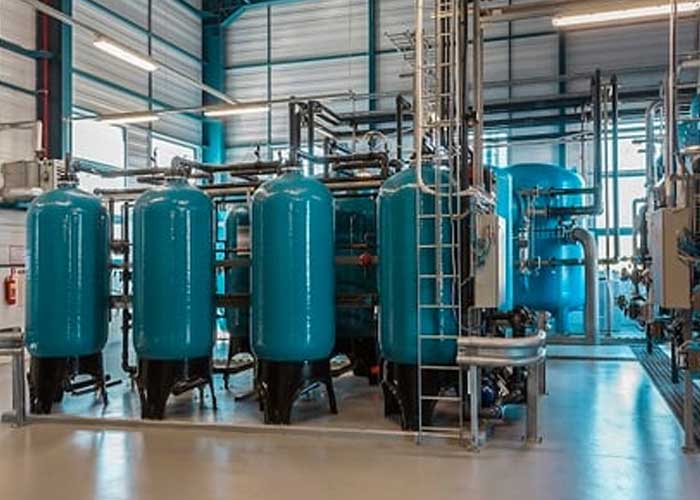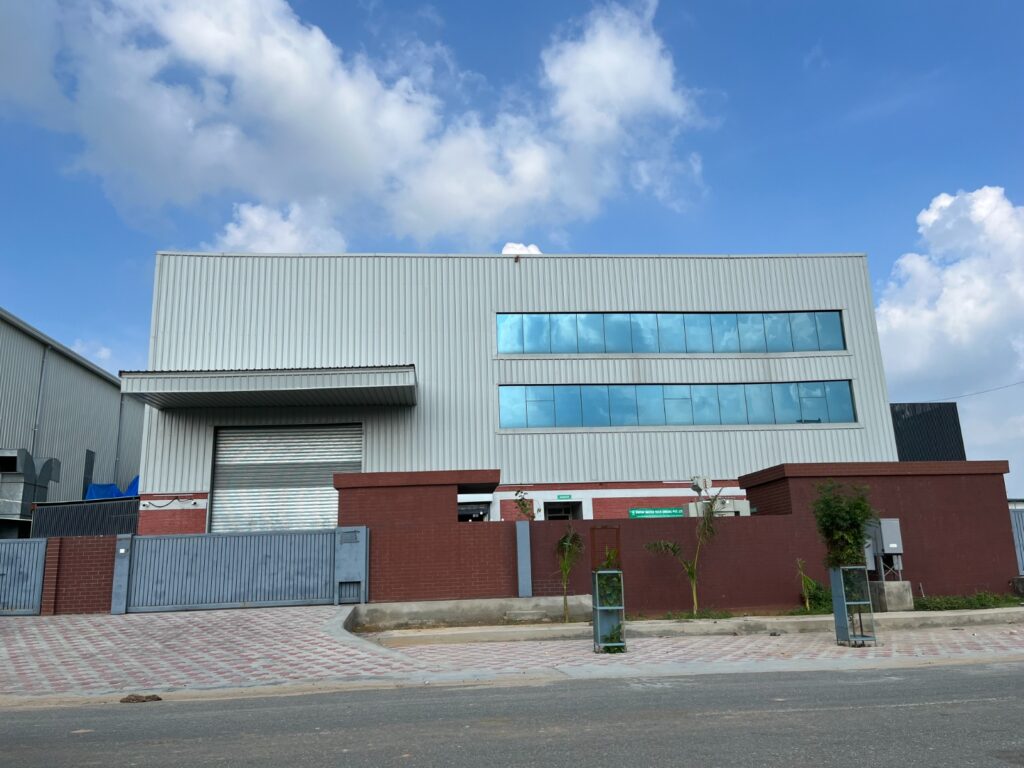Demineralisation Plant
A demineralization plant, also known as a demineralization system or a deionization plant, is a water treatment system designed to remove mineral salts and dissolved ions from water
A demineralization plant, also known as a demineralization system or a deionization plant, is a water treatment system designed to remove mineral salts and dissolved ions from water. It utilizes various processes to achieve a high level of water purity by reducing the concentration of minerals and ions.The main purpose of a demineralisation plant is to produce demineralised water, which is free from minerals and ions that can cause scaling, corrosion, or interfere with specific industrial processes or applications that require ultra-pure water.
Here are the key components and processes involved in a typical demineralisation plant:
- Ion Exchange Resins: Demineralization plants employ ion exchange resins as the primary medium for removing minerals and ions from water. These resins consist of small, porous beads that selectively adsorb and exchange ions with the water passing through the system.
- Cation Exchange Process: The water first passes through a cation exchange resin bed, where cations (positively charged ions) such as calcium, magnesium, sodium, and iron are exchanged for hydrogen or other cations present in the resin. This process reduces the concentration of positively charged ions in the water.
- Anion Exchange Process: After the cation exchange, the water then flows through an anion exchange resin bed. In this step, anions (negatively charged ions) such as chloride, sulfate, nitrate, and carbonate are exchanged for hydroxide or other anions present in the resin. This process reduces the concentration of negatively charged ions.
- Regeneration: Over time, the ion exchange resins become exhausted and need to be regenerated to restore their ion exchange capacity. Regeneration involves passing a concentrated brine solution (for cation exchange resin) and an acid solution (for anion exchange resin) through the resin beds to displace and remove the adsorbed ions, reactivating the resin for further use.
- Polishing Processes: In some demineralization plants, additional polishing processes may be included to further enhance the water quality. These processes can include activated carbon filtration, mixed bed ion exchange, or reverse osmosis, depending on the specific requirements and desired level of purity.

The output of a demineralization plant is demineralized water, which has a significantly reduced concentration of minerals and ions, resulting in a high-purity water source. Demineralized water is commonly used in various industries, such as power generation, electronics manufacturing, pharmaceuticals, laboratories, and boiler feed water applications, where the presence of minerals or ions could cause operational issues or impact product quality.
It’s important to note that demineralized water may not be suitable for drinking purposes, as it lacks essential minerals necessary for human health.

